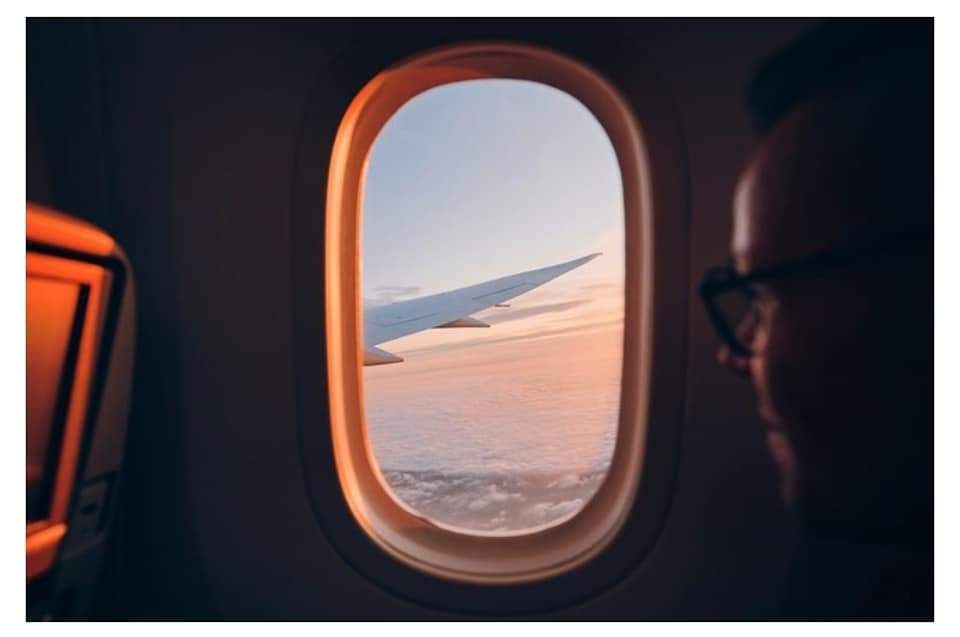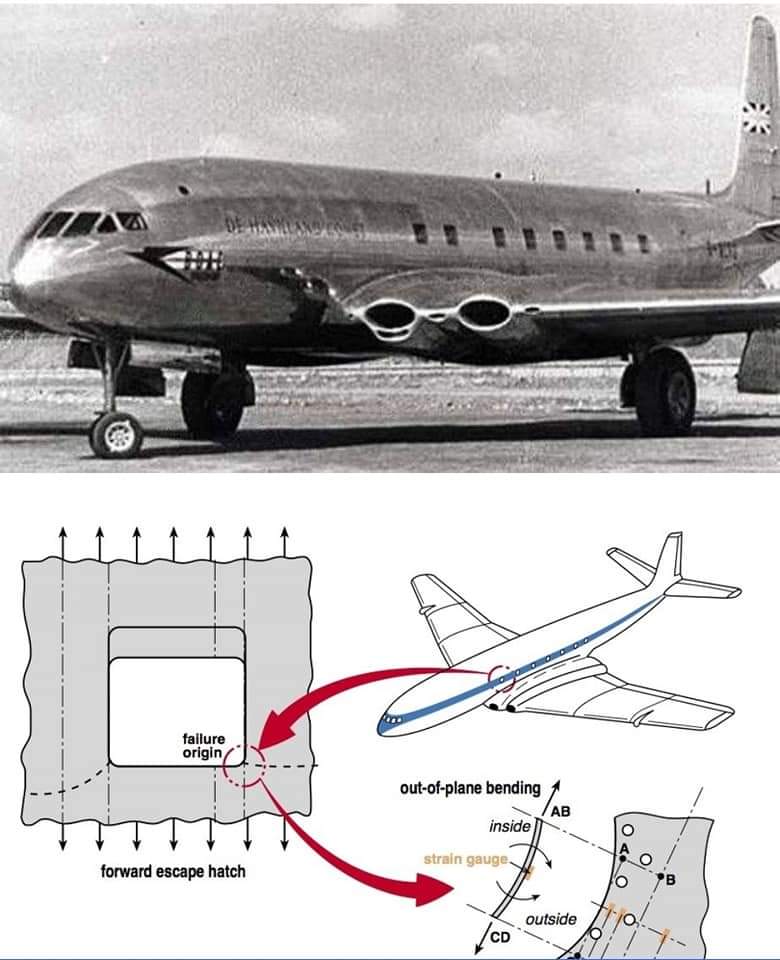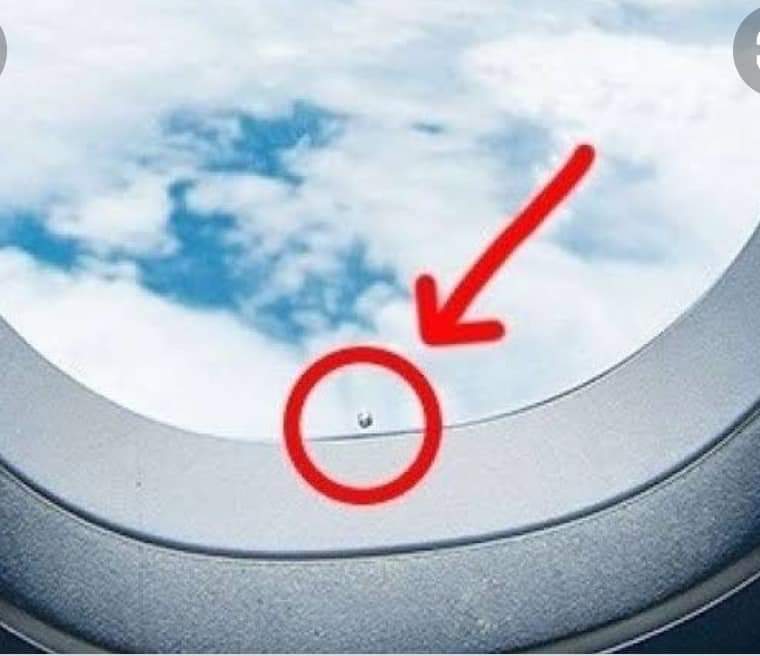
In the mid-twentieth century, aerospace engineering made great strides in aircraft technology. That is, the aircraft was redesigned, including increased safety so that it could carry more passengers and go faster.

Until the 1950s, aircraft windows were square. When commercial aviation began, airlines began flying at higher altitudes to save aviation fuel. (Normal passenger planes now fly at 35000 – 38000 feet). Atmospheric pressure decreases as we ascend. This means that the air pressure inside the aircraft cabin is higher than the outside air pressure. The cabin was then moved to a cylindrical shape to support the internal pressure. De Haviland Comet came into fashion in the 1950s. With a compressed cabin, it was able to fly higher and faster than other aircraft. At that time the plane had square windows, and in 1953 three planes crashed in the air, killing 43 people. It was found that the cause of the faults was the shape of the windows. The design flaw was quickly identified and fixed.

Rectangular windows were dangerous for aircraft because the pressure inside and outside the cabin was very different. , This pressure is concentrated in the corners, where the edges of the square windows meet at 90. Also, for any other shape with an angle, the force will be concentrated at the angles. This causes the window to bend. Causes plane crashes. Curved or circular windows distribute the pressure evenly. It was found to be able to overcome pressure differences. Hence the need to shape the windows of the aircraft without angles. The circle is an ideal shape. But oval-shaped windows are used on an airplane for passengers to get a better view of the landscape. The windows in the aircraft have been made smaller to increase the strength of the air frame …

Have you noticed that there are small holes under the flight windows? It is understood that the difference in air pressure puts a lot of pressure on the aircraft window. Airplane windows consist of three different layers. The outer layer handles this air pressure difference. For small holes in the middle layer known as the “bleed hole”. Its primary purpose is to balance the air pressure. There is a small gap between the middle and outer layers. Bleed hole “releases moisture from the air gap, preventing window fogging or frost.





Recent Comments